Smarty-pants No. 11
Katharine Graham (1917 to 2001), US newspaper executive, publisher of The Washington Post, Pulitzer Prize-winning author, first woman to head a Fortune 500 company
Personal tragedy brought Katherine Graham to the helm of The Washington Post in 1963, but she guided it through its best years. (Her husband, Philip Graham, publisher of the Post before her, committed suicide.)
She was in charge of the Post during the publication of the Pentagon Papers in 1971 and the Watergate scandal, which led to President Richard Nixon's resignation. She was threatened for her role in revealing the Watergate scandal, but she didn't back down.
In 2000, Graham was named one of the International Press Institute's 50 World Press Freedom Heroes.
Takeaway: Be authentic. Graham received numerous threats during the Watergate Scandal, but she kept delivering honest info. Likewise, your audience expects you to be honest in your business.




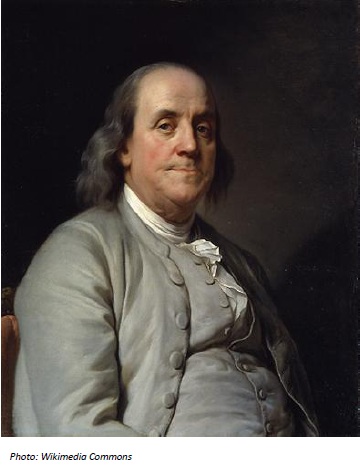
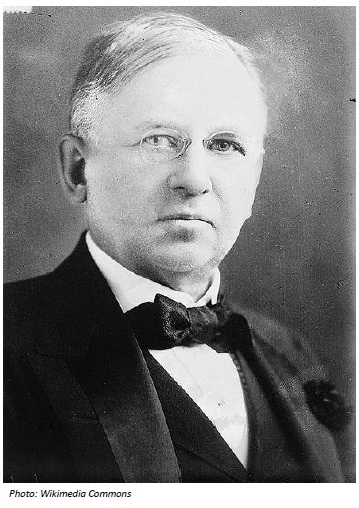
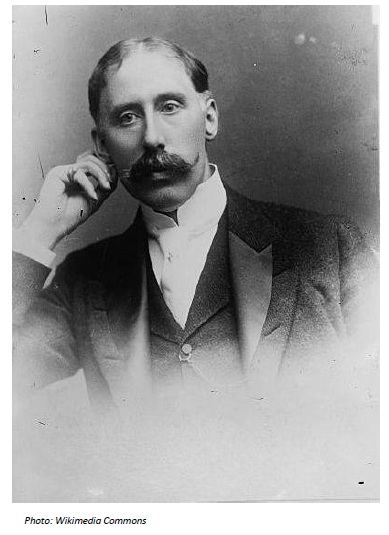
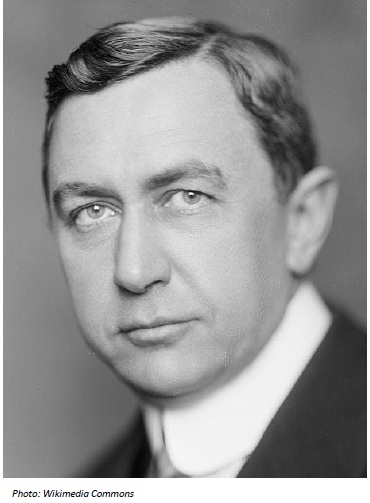
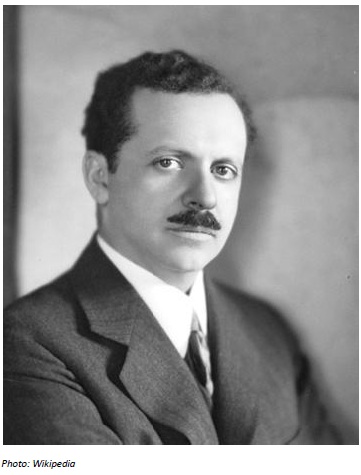
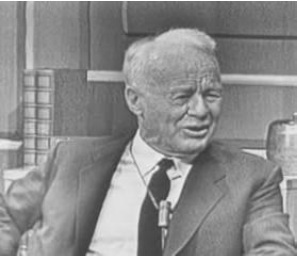
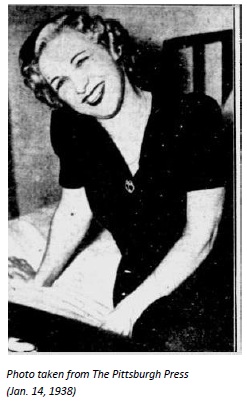
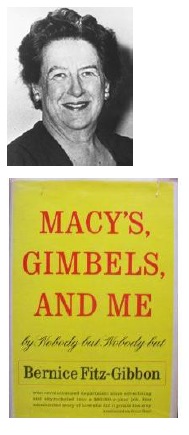
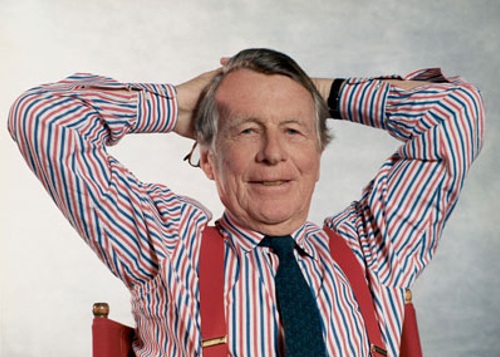

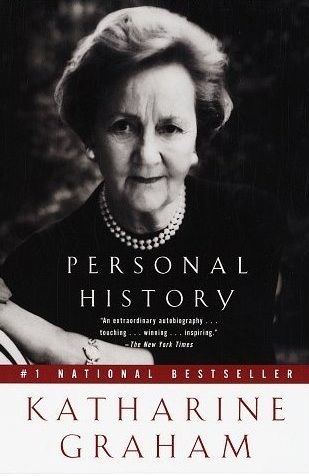


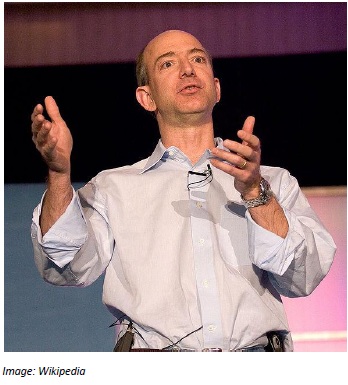

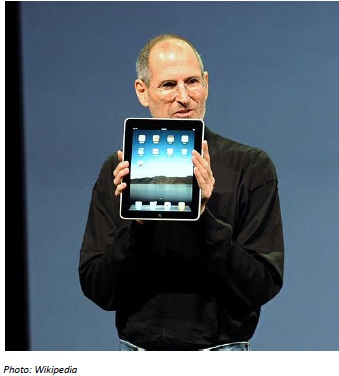




![Marketing in the Age of AI [Infographic]](https://i.marketingprofs.com/assets/images/articles/lg/250107-infographic-lg.jpg)

![How to Create a Marketing Automation Strategy [Infographic]](https://i.marketingprofs.com/assets/images/articles/lg/241212-infographic-lg.jpg)





